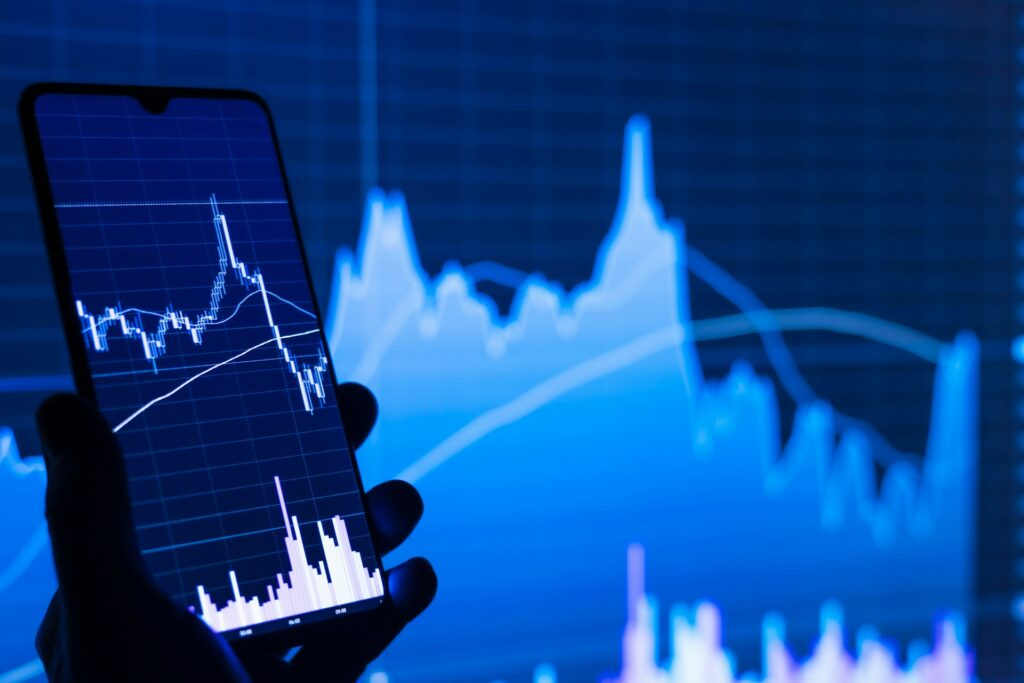Gaining an Understanding of Forex Through Pips, Leverage, and Margin

Gaining an Understanding of Forex Through Pips, Leverage, and Margin
A financial market that is both the largest and most liquid in the world is the foreign exchange market, sometimes known as the FX market. To be able to trade successfully, it is necessary to have a solid understanding of the fundamental concepts that govern the calculation of gains and losses. In the foreign exchange market, the terms “pips,” “leverage,” and “margin” are among the most crucial terminology. By gaining an understanding of how these components interact with one another, you will be able to achieve more intelligent and self-assured trading selections.
1. Can You Explain What Pips Are?
A “percentage in point” (abbreviated as “pip”) is the smallest unit of measurement that is utilized to indicate the change in value that occurs between two currencies that are part of a foreign exchange pair. The amount that a currency pair has moved up or down is represented by this metric.
In most instances, one pip is equivalent to 0.0001 of the value of a currency. As an illustration, a movement of one pip would occur if the EUR/USD pair moved from 1.1000 to 1.1001 without any other changes. When it comes to currency pairs that involve the Japanese yen (JPY), however, a pip is equal to 0.01, because the values of these currencies are lower.
Because they enable traders to quantify price changes, monitor performance, and compute profits or losses, pip values are an essential component of the trading process. Changes as minor as a pip can have a substantial impact on your profits, depending on the size of the trade and the leverage you use.
2. Acquiring Knowledge of Leverage
A smaller quantity of capital can be used by traders to hold a larger position in the market thanks to the utilization of leverage. A ratio, such as 1:50, 1:100, or 1:500, is used to describe the amount of additional money that can be traded in comparison to the amount that you have deposited.
For instance, if you choose a leverage ratio of 1:100, you can manage a trade for $100,000 with only $1,000 of your own money being invested. Although it has the ability to raise profits, leverage also has the effect of magnifying losses. In the event that leverage is excessively large, even a slight negative fluctuation in price can result in huge losses.
Traders who are responsible should utilize leverage with caution, striking a balance between the potential for profit and the possibility of loss. Depending on your level of experience and comfort with risk, the majority of brokers will allow you to change the amount of leverage you use.
3. Why Is There a Margin?
When a trader opens and maintains a leveraged position, they are required to deposit a certain amount of money known as margin. Take into consideration that it is a type of “security deposit” that guarantees you will be able to cover any potential losses. The needed margin is determined by the policies of your broker as well as the leverage ratio that you have.
For instance, if you were to use a leverage ratio of 1:100, a trade for $10,000 would only require $100 in margin. A margin call may be issued by your broker in the event that the market swings against your position and your losses approach the margin level. This means that your broker may ask you to deposit additional funds or automatically terminate your trade in order to prevent future losses.
The ability to comprehend the functioning of margin is essential for risk management. You can prevent being compelled to close your account by maintaining sufficient funds in it, which also provides you with the flexibility to deal with swings in the market.
4. An Explanation of the Contribution of Pips, Leverage, and Margin
Trading foreign exchange involves a close relationship between these three ideas. Leverage is a measure of how much control you have over a trade, pips are a measurement of how much a currency pair moves, and margin is the part of your cash that is required to open a trade.
By way of illustration, if you are utilizing high leverage, a minor pip movement in your favor can result in significant profits, whilst the identical move in the other direction can result in significant losses. In order to limit the amount of possible losses, successful traders are aware of this equilibrium and make use of appropriate risk management instruments such as stop-loss orders.
5. Understanding the Fundamentals of Foreign Exchange (Forex)
The fundamental components of foreign exchange trading are known as pips, leverage, and margin. If you are familiar with their operation, you will be able to calculate your transactions more accurately and effectively control risk. Although using leverage might boost your earning potential, doing so requires you to exercise self-control and carefully plan your endeavors. You will be better equipped to manage the foreign exchange market with confidence and control if you have a complete understanding of these fundamental ideas.




